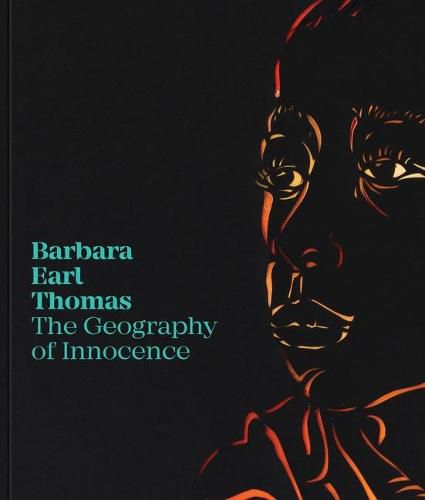Readings Newsletter
Become a Readings Member to make your shopping experience even easier.
Sign in or sign up for free!
You’re not far away from qualifying for FREE standard shipping within Australia
You’ve qualified for FREE standard shipping within Australia
The cart is loading…






Barbara Earl Thomas’s new body of work carries within it the sediments of history and grapples with race and the color line. At the heart of it lies a story of life and death, hope and resilience–a child’s survival. With her quietly glowing portraits of young Black boys and girls, Thomas puts before us the humble question: can we see, and be present to, the humanity, the trust, the hopes and dreams of each of these children?
The Geography of Innocence offers a reexamination of Black portraiture and the preconceived dichotomies of innocence and guilt and sin and redemption, and the ways in which these notions are assigned and distorted along cultural and racial lines. Two interconnected visual arguments unfold: a portrait gallery of children from the artist’s extended community and an illuminated environment that appears like a delicate paper lantern. To accompany the visual elements, the book’s essays examine Thomas’s work in the context of different art historical portraiture traditions and political relevance. Thomas also contributes an interview and an essay reflecting on the current climate in which the work exists.
$9.00 standard shipping within Australia
FREE standard shipping within Australia for orders over $100.00
Express & International shipping calculated at checkout
Barbara Earl Thomas’s new body of work carries within it the sediments of history and grapples with race and the color line. At the heart of it lies a story of life and death, hope and resilience–a child’s survival. With her quietly glowing portraits of young Black boys and girls, Thomas puts before us the humble question: can we see, and be present to, the humanity, the trust, the hopes and dreams of each of these children?
The Geography of Innocence offers a reexamination of Black portraiture and the preconceived dichotomies of innocence and guilt and sin and redemption, and the ways in which these notions are assigned and distorted along cultural and racial lines. Two interconnected visual arguments unfold: a portrait gallery of children from the artist’s extended community and an illuminated environment that appears like a delicate paper lantern. To accompany the visual elements, the book’s essays examine Thomas’s work in the context of different art historical portraiture traditions and political relevance. Thomas also contributes an interview and an essay reflecting on the current climate in which the work exists.